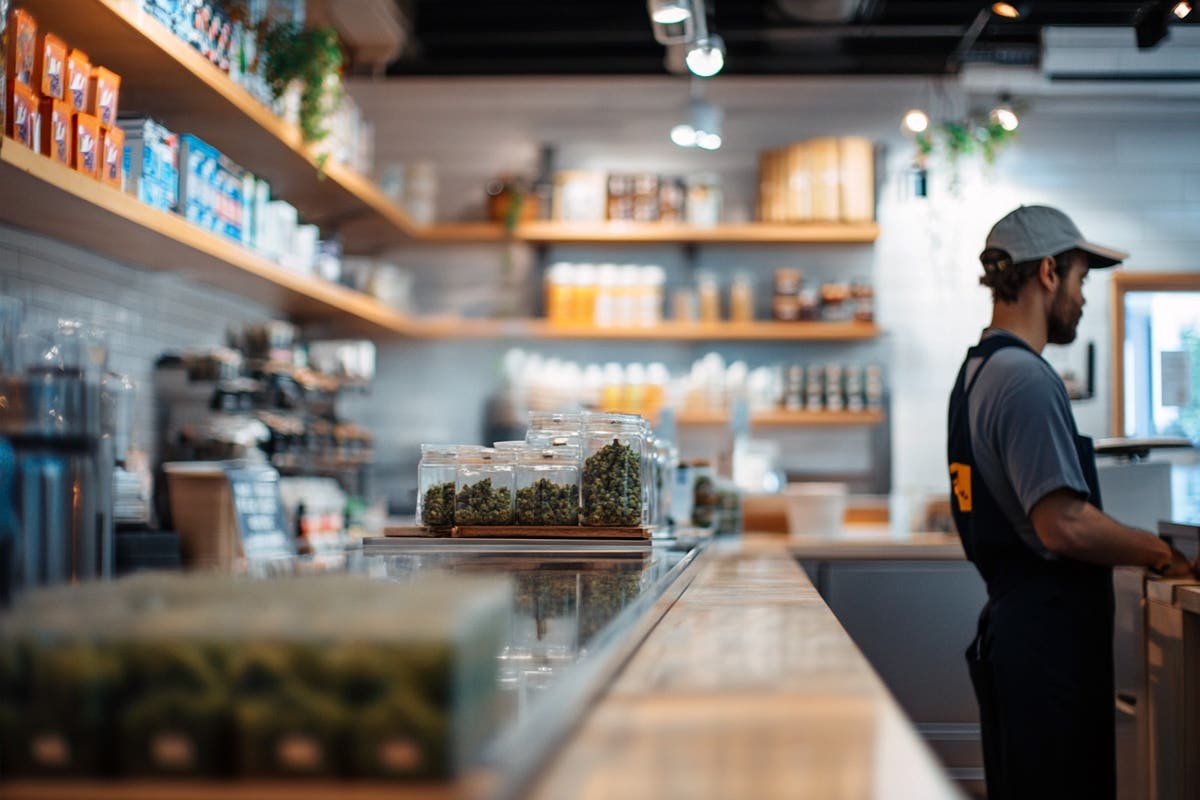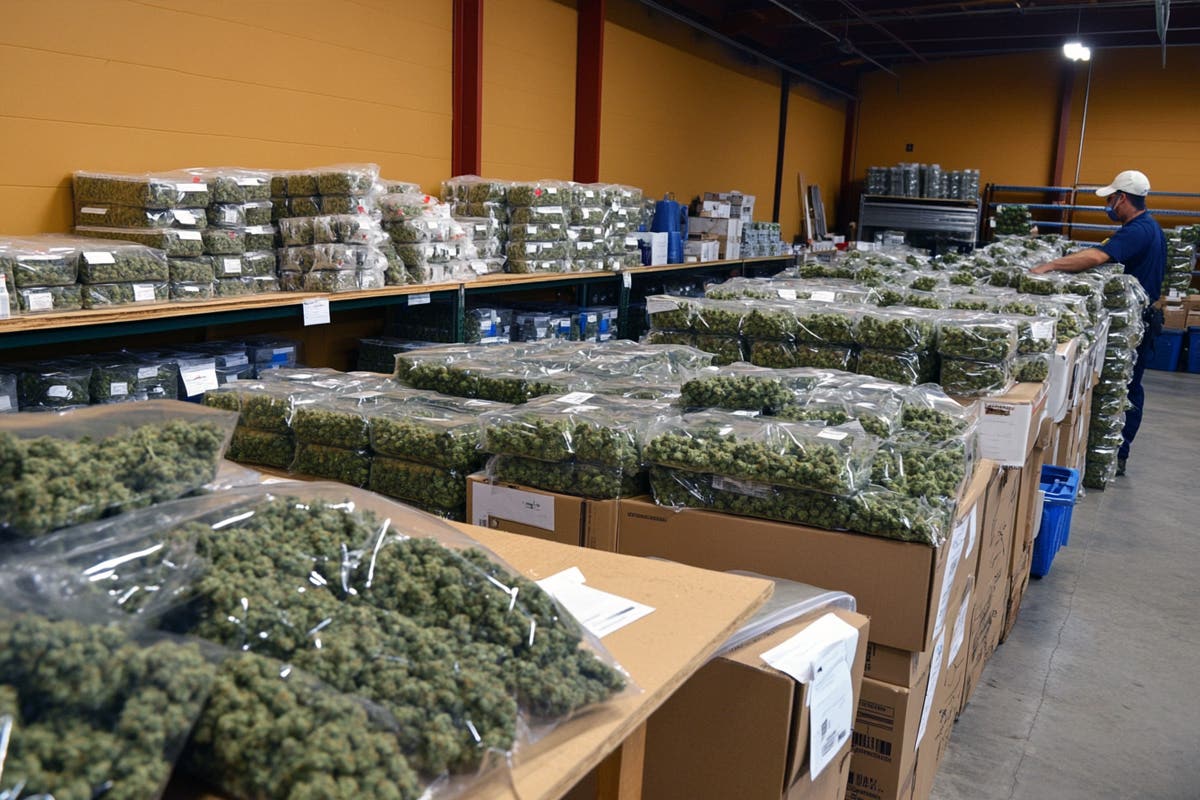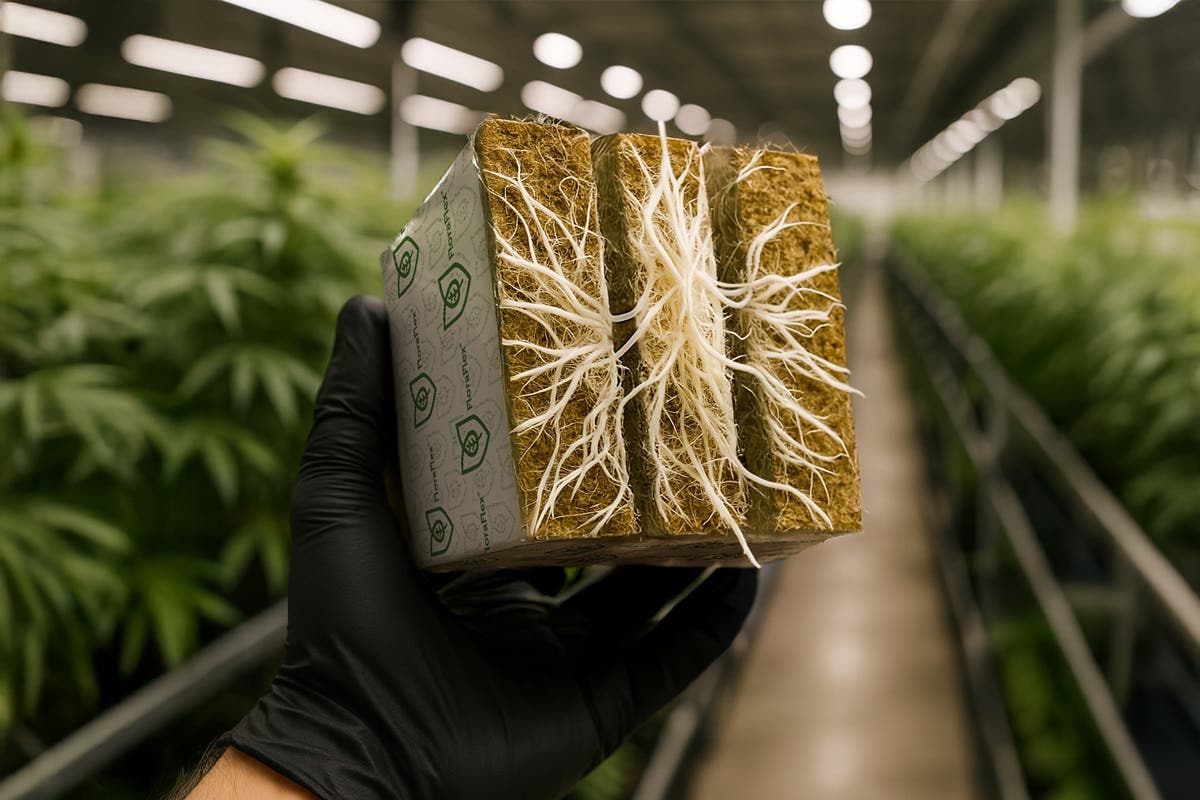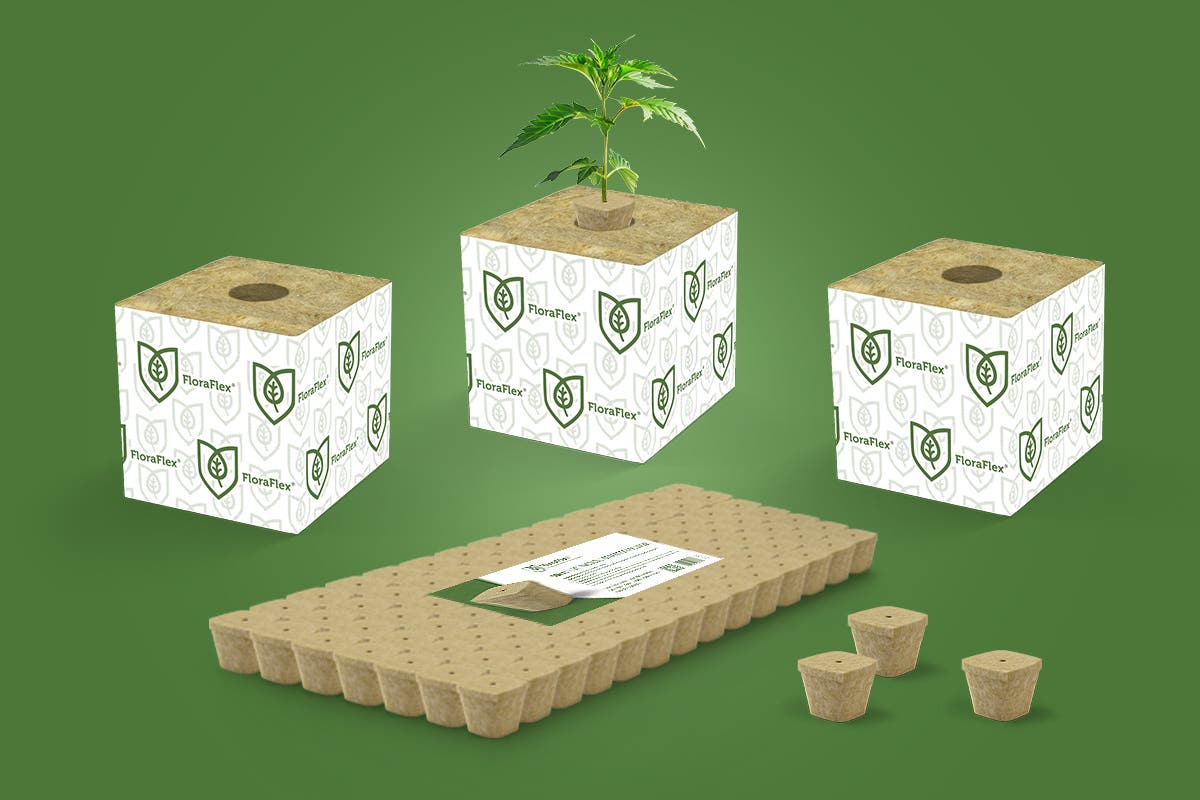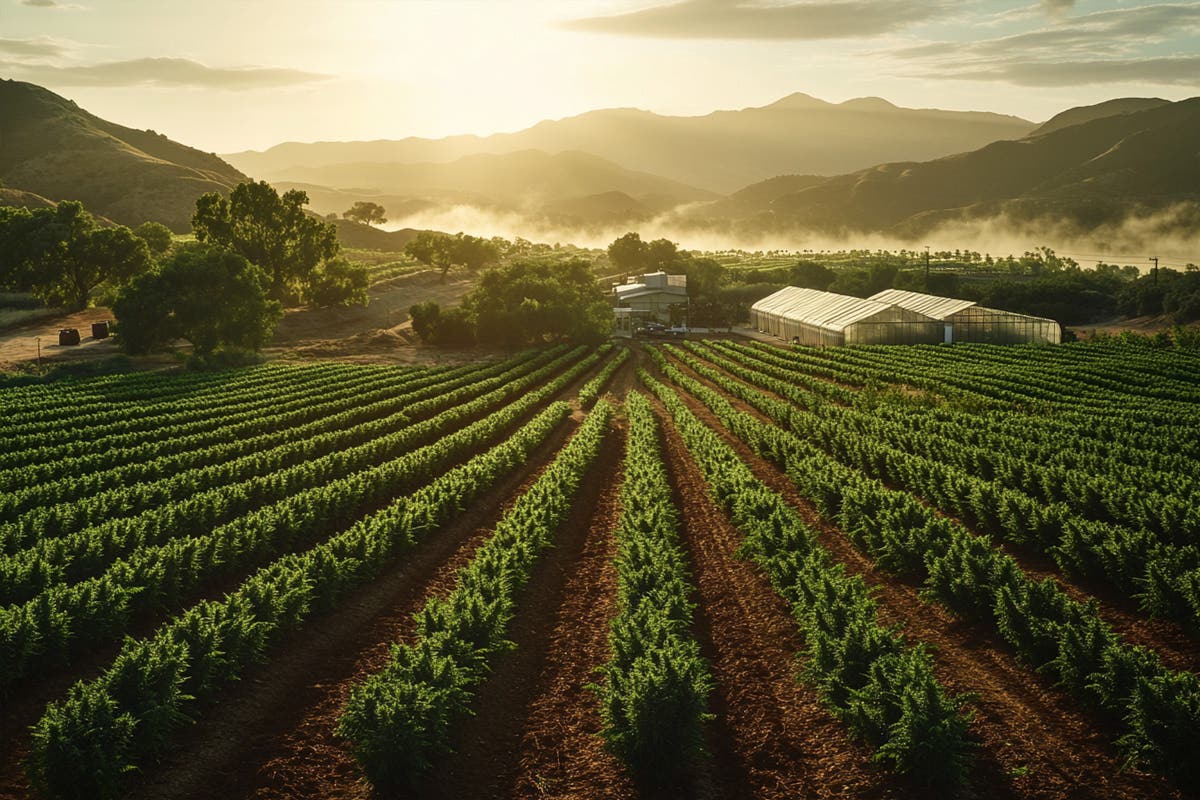Pruning and training are essential techniques in cannabis cultivation. They involve removing specific plant parts and manipulating growth to enhance yield, bud development, and overall plant health.
Benefits of Pruning and Training Cannabis Plants
Pruning and training offer several benefits, including increased light exposure, improved airflow, enhanced nutrient distribution, better disease prevention, and higher bud production. These techniques help maximize yields and produce high-quality cannabis.
Understanding Plant Growth and Structure
Understanding the growth and structure of cannabis plants is crucial for effective pruning and training. Knowing how plants develop, including node spacing, branch formation, and apical dominance, helps guide the pruning and training process.
Common Pruning Techniques for Cannabis
Common pruning techniques include topping, lollipopping, and defoliation. Topping involves removing the apical bud to encourage lateral growth, while lollipopping focuses on removing lower branches to redirect energy to the canopy. Defoliation involves selectively removing leaves to improve airflow and light penetration.
Training Techniques for Cannabis Plants
Training techniques such as low-stress training (LST), high-stress training (HST), and screen of green (ScrOG) help manipulate plant growth and create an even canopy. LST involves gently bending and securing branches, while HST involves more aggressive bending or tying. ScrOG utilizes a screen to support and train plants horizontally.
Timing and Frequency of Pruning and Training
The timing and frequency of pruning and training depend on the growth stage of the plant and the desired outcome. Early pruning and training during the vegetative stage set the foundation for optimal growth and bud development.
Tools for Pruning and Training
Pruning and training can be done with various tools, including pruning shears, sharp scissors, plant ties, and screens. Using clean and sharp tools ensures precise cuts and reduces the risk of plant damage or disease transmission.
Best Practices for Pruning and Training
- Start pruning and training during the early vegetative stage.
- Use clean and sterilized tools to prevent the spread of diseases.
- Monitor plant response and adjust techniques accordingly.
- Maintain proper hygiene and sanitation practices to minimize contamination.
Pruning and training techniques are valuable tools in maximizing yields and maintaining healthy cannabis plants. By understanding the benefits, applying appropriate techniques, and following best practices, growers can optimize their cultivation efforts and achieve bountiful harvests of high-quality cannabis.









